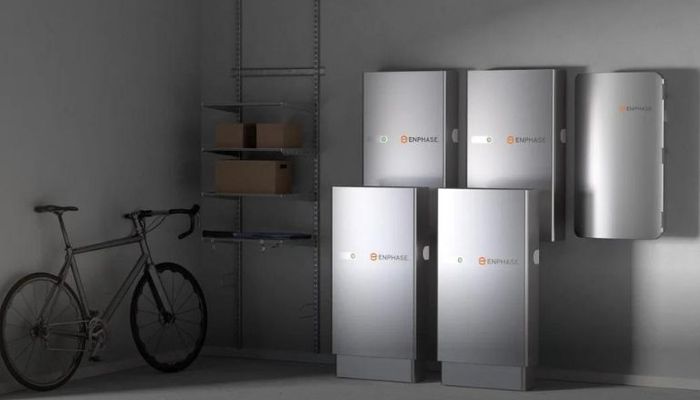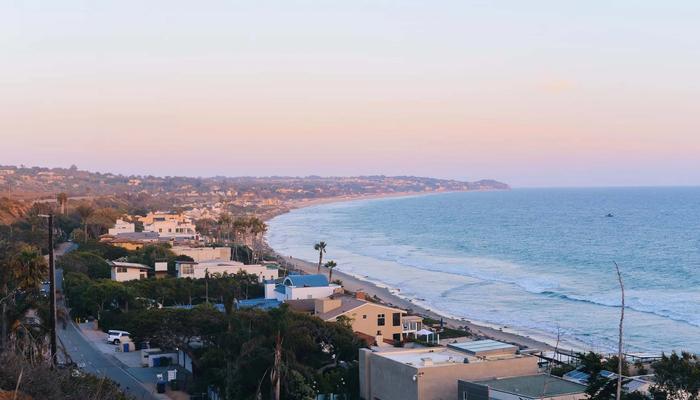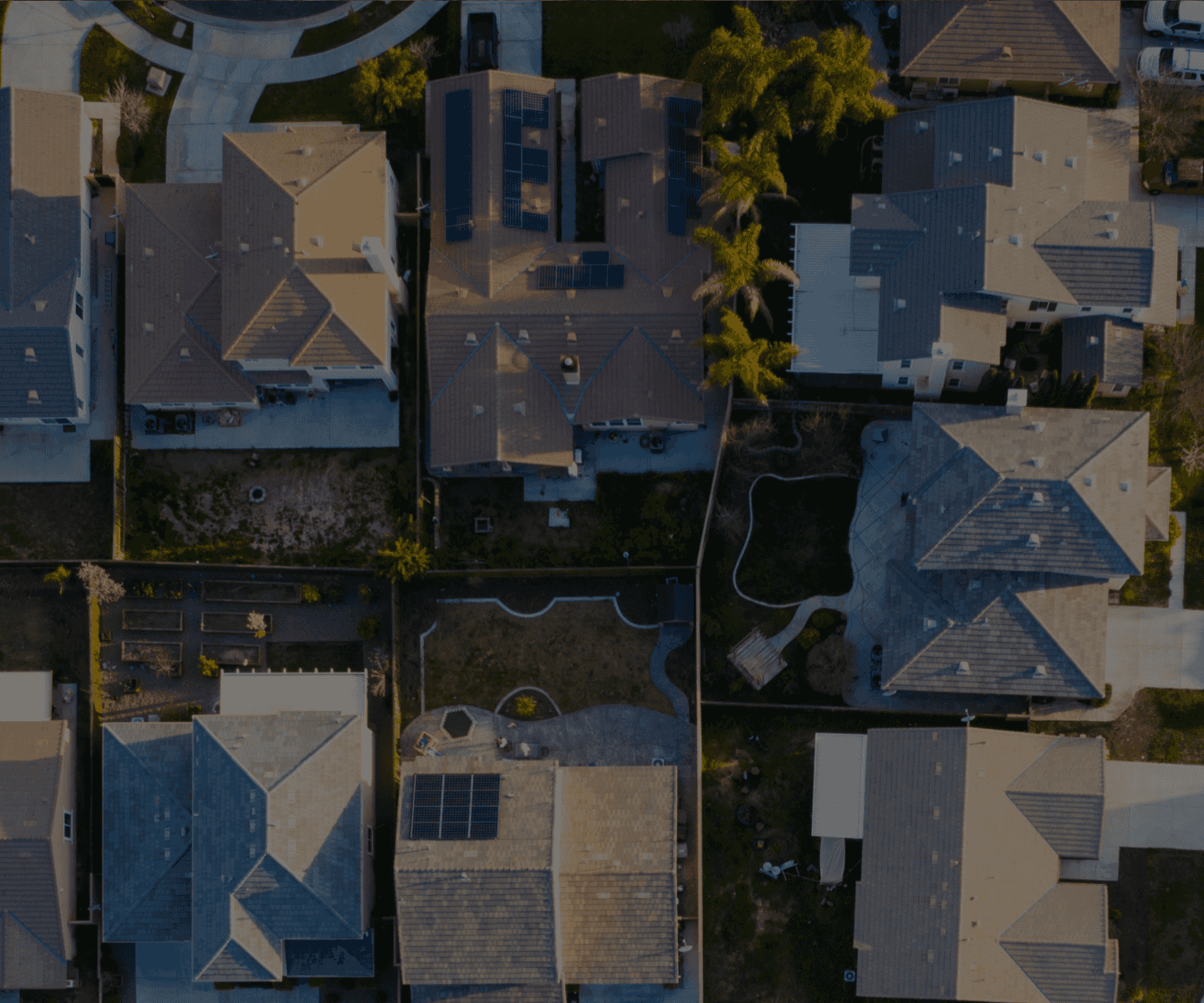The 120% Solar Rule Explained & When to Derate Your Breaker

When it comes to setting up your home with a solar panel system, there's more to it than just placing panels on your roof. You need to make some calculations and assessments to ensure everything runs smoothly. One crucial aspect to consider is the limitations for backfeeding solar kWhs to main service panel (MSP), and that's where the 120% rule comes into play.
In this post, we're going to break down the 120% rule, explain why it matters, show you how to calculate your threshold, and even introduce you to the concept of derating your main service panel. Let's dive in!
The 120% Solar Rule Explained
There are several possible options for connecting your solar system to the utility grid, but the most common—point of interconnection—that is used in residential solar is the 120% rule from the National Electric Code (NEC).
The NEC establishes the options that allow you to legally connect to a home power system. These code requirements are legally required and enforced in the majority of jurisdictions in the U.S. when backfeeding power through a bus bar in your electrical service. So when inspectors come to inspect your new solar installation, they will surely check the method of interconnection to confirm it complies with the code requirements from the NEC.
When backfeeding through a breaker installed on a bus bar in the electrical service, the 120% rule uses the current rating of the bus bar and the main breaker rating, to determine the maximum continuous rated AC output of the inverter system allowed to connect through a breaker in a bas bar.
When you send power back to the utility grid, most utilities in the U.S. will give you credit against your consumption.
So What Is the 120% Solar Rule?
The 120% rule is quite straightforward: it dictates that the combined amperage of your solar power and grid electricity cannot exceed 120% of your main service panel’s rated capacity.
The intent of the 120% rule is to ensure the additional power flowing on the bus bar will not pose any safety problems for the thermal dissipation capacity of the copper bus bar. Failure to respect this requirement could pose a safety hazard which could potentially lead to a fire.
When Does the 120% Rule Apply?
This rule is particularly significant for solar systems installed as load-side interconnections. Most solar systems are connected using a“load-side” connection with a solar inverter delivering the AC solar power to the main service panel bus via a circuit breaker.
Another option might be a line-side tap (also known as a supply-side interconnection), where the solar inverter output connects before the main service breaker and electric meter. In this situation, the 120% rule doesn't apply. The same is true for a load-side tap which is common when the main disconnect has wire conductors leading to the load center. If you tap into these conductors, you can avoid some of the size limitations of the 120% rule.
Unfortunately, line and load taps are typically not an option for Meter/Main combinations where the meter and main disconnect is in the same enclosure.
Read more: 3 Types of Solar Inverters Explained
Calculating Your Threshold
For those using load-side breaker in a bus bar for the point of interconnection, the 120% rule states that the main service breaker rating plus 125% of the max continuous AC inverter output in amps should not exceed 120% of the main service panel busbar rating.
To calculate how much solar you can install with a load-side interconnection (with no alterations to your main service panel), you must first determine the busbar rating and the rating of the overcurrent device protecting the busbar (typically the main service breaker).
Now, let's break that down with an example:
- A typical modern house often has a 200-amp busbar with a 200-amp main breaker.
- Calculate 120% of the busbar rating. In our example, we would multiply 1.2 x 200 = 240 amps.
- Now subtract the main breaker rating (200 amps in this example). In our case, the maximum back-fed breaker size would be 40 amps (240 - 200).
- Finally, divide the breaker size by 1.25 to get the maximum continuous inverter AC output. So, 40A back-fed breaker / 1.25 = 32 AMPS.
- In the given example, we are limited to 32 Amps which equals 7.68 kW AC output.
Derating Your MSP for Solar
Suppose, however, you want to install a system larger than 7.68 kW AC. If you do not have the easy ability to use a line side or load side tap, the easiest and most cost-effective option may be derating your main service breaker by replacing it with one rated for a lower amperage (typically 150 or 175 amps).
So if we derated the main breaker in the example above, (200A busbar rating x 1.2) - 175 = 65 amps breaker.
65A / 1.25 = 52 Amps. 52A x 240V = 12.48 kW
Therefore, a simple main breaker derate to 175A can increase your max system size by more than 60%.
When Derating Isn't an Option
Keep in mind that derating might not always be possible or practical. Downsizing your main breaker too much could lead to issues powering all your electrical loads. For example, downsizing your main breaker to 100 amps wouldn’t be realistic as most homes have too many large loads to allow derating beyond a 150A main breaker for the example above.
In such cases, you might explore alternatives like a line-side tap. Although this may not be possible with a meter-main combo, and may not be permitted by some building departments or utilities.
Another option is upgrading your entire main service panel. An upgraded panel, like a solar-ready main service panel with a 225-amp busbar and a 200-amp main breaker, could provide room for up to 70 amps from solar.
225 x 1.2 = 270 amps and 270 – 200 = 70 amps
70A / 1.25 = 56 Amps (13.44 kW AC)
A solar-ready service panel is designed to accommodate the integration of a solar power system in a way that bypasses the usual constraints of the 120% rule.
Breaker + Solar Sizing Chart
To help you visualize your options, here's a handy chart that outlines what's allowed in common scenarios:

Need More Help Going Solar?
Don't let the 120% rule intimidate you. If you still find the calculations a bit confusing, that's okay. Our experts at GoGreenSolar are here to guide you through every step of your solar journey, from kit selection to design and installation.
If you're stuck in the system design process or have questions about the 120% rule, reach out to us for a free PV design consultation. We're passionate about making solar accessible and hassle-free!






